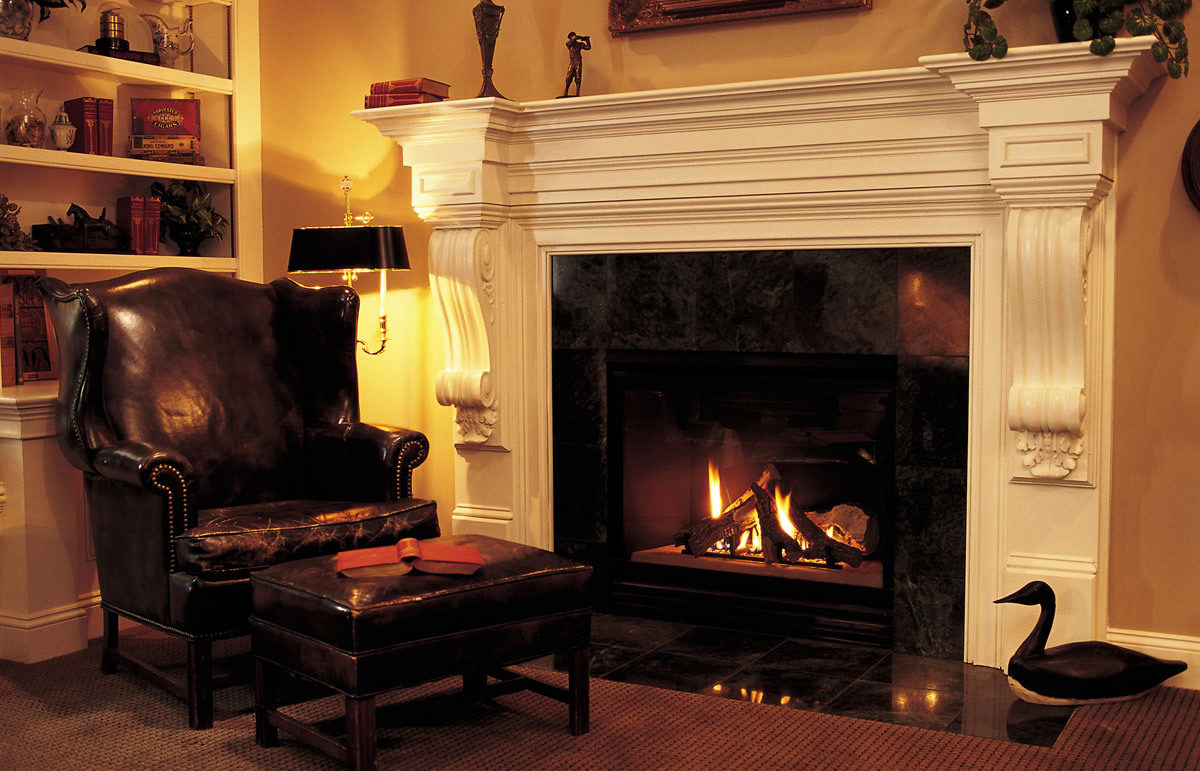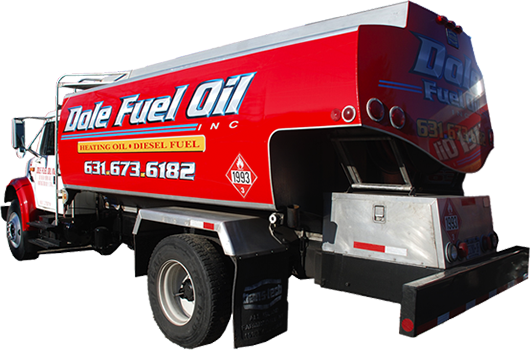Everyone loves to curl up by a warm fire. What you may not realize, however, is that when it is not being used, your Long Island home's fireplace is essentially an open window. There are a variety of things you can do to limit the amount of cold air seeping in and warm air escaping out. Follow these simple guidelines to keep your wood fireplace burning brightly — and safely.
- Ensure that the seal on the fireplace damper, when closed, is snug and secure. This will make it much more difficult for air to escape out of your damper. It also prevents animals and insects from making their way into your fireplace.
- Adjust the size of the damper opening to the size of the fire you plan to build: a narrow opening for a small fire and a wide opening for a large one.
- Apply heat-resistant caulk around the fireplace hearth.
- Lower your thermostat setting to between 60 and 65 degrees while the fireplace is burning wood. This will allow the warm air generated by the fire to make its way through your home.
- Have your chimney company install a fireback. This is a heavy sheet of metal (traditionally cast iron) that is placed on the back wall of your fireplace. In addition to protecting your masonry, a fireback reflects heat into the room (instead of all the heat going up the chimney).
- Get your chimney cleaned once a year. If you burn more than three cords of wood annually, you must get your chimney cleaned two times a year. A cord is 4 feet high by 4 feet wide by 8 feet long, or the amount that would fill two full-size pickup trucks.
- Before opening the fireplace damper to light a fire, counteract the fireplace's quest to pull cold air into your home through small gaps, windows and doors by closing the doors that lead into the room and opening the window located closest to the fireplace by about 1 inch.
- Only burn cured, dry wood that has been stacked, and dried for eight to 12 months. Cover your log pile on top, but leave the sides open for air flow.
- Keep bi-fold glass doors open when burning a fire. This will allow heat to circulate into the room and throughout the rest of your house.
- Have a chimney cap installed to prevent objects, rain, and snow from falling into your chimney. Chimney caps also help to drastically reduce downdrafts. Caps have side vents so smoke escapes. A chimney company usually provides and can install a stainless steel cap, which is better than a galvanized metal one because it is rust-resistant.
- Install Carbon Monoxide detectors and smoke detectors. Place them near your wood fireplace as well as in bedroom areas.
While it’s true that heat produced by a fireplace can help offset the more expensive heat sources produced by oil, propane and gas, the reality is that if a fireplace isn’t used efficiently, more heat can go up the chimney and draw cold air into the home. If you want to save on the cost of heating fuel with the use of a fireplace, consider the tips provided above.


